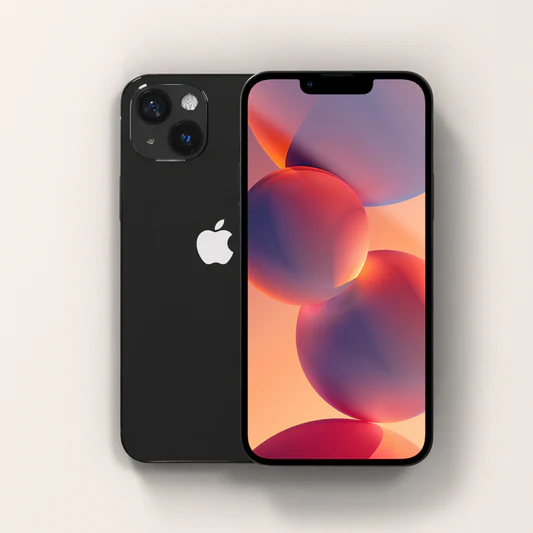The explosive growth within the used smartphone market is not being captured uniformly across the industry; a significant and dynamic reallocation of value is taking place. A granular analysis of the Used Smartphone Market Growth Share by Company indicates that the largest share of value is being retained by premium OEMs, while the largest share of volume and user growth is being captured by specialized online marketplaces and the large B2B processors that power the ecosystem. This divergence highlights the different strategic positions and economic models at play in a market driven by both the aspirational desire for premium brands and the practical need for affordability. The market's overall expansion is one of the most compelling trends in consumer electronics today. The Used Smartphone Market size is projected to grow USD 218.77 Billion by 2035, exhibiting a CAGR of 17.51% during the forecast period 2025-2035. Understanding how this immense growth is being divided is key to identifying the most successful business models and the underlying forces—such as brand loyalty, trust, and logistical efficiency—that determine who wins in this burgeoning circular economy for mobile devices. The battle is not just for used phones, but for control over the entire secondary lifecycle value chain.
A massive portion of the market's value growth share is being captured by Apple. This is not necessarily through its direct sales volume of refurbished units but through the incredibly high residual value of its iPhones. The desirability and longevity of iPhones mean they command a much higher resale price than comparable Android devices, a phenomenon often referred to as the "iPhone value halo." This high resale value is a powerful competitive advantage for Apple, as it allows carriers and retailers to offer more attractive trade-in values for iPhones, which in turn incentivizes customers to stay within the Apple ecosystem when they upgrade. Apple's "Certified Refurbished" program, while relatively small in volume, further reinforces this value by setting a high-quality benchmark and maintaining brand prestige. In essence, a significant portion of the economic value generated in the entire used market flows back to Apple in the form of enhanced brand equity and higher customer retention, giving it a dominant, if sometimes indirect, share of the market's value growth. Samsung is actively trying to replicate this strategy for its premium Galaxy devices, but has yet to achieve the same level of sustained resale value.
While OEMs capture value, specialized marketplaces and B2B processors are capturing the growth in volume and platform revenue. Online platforms like Back Market are experiencing hyper-growth by solving the biggest problem for consumers: trust. By aggregating supply from hundreds of professional refurbishers and overlaying a unified quality charter, warranty, and customer service experience, they are building a trusted brand that attracts millions of buyers. Their growth share comes from the platform fees and commissions they earn on every transaction, a scalable model that grows directly with the overall market volume. At the same time, the behind-the-scenes logistics and processing giants like Likewize and Assurant are capturing massive growth in service revenue. As carriers and OEMs expand their trade-in programs, they increasingly rely on these partners to handle the complex operational tasks of device collection, diagnostics, repair, and redistribution. These B2B players' growth is directly tied to the total number of devices flowing through the official trade-in ecosystem, making them a primary, though less visible, beneficiary of the market's explosive expansion. Their ability to manage these complex reverse logistics chains at scale is a critical and highly valuable component of the industry.
Top Trending Reports -
Europe Immersive Analytics Market



